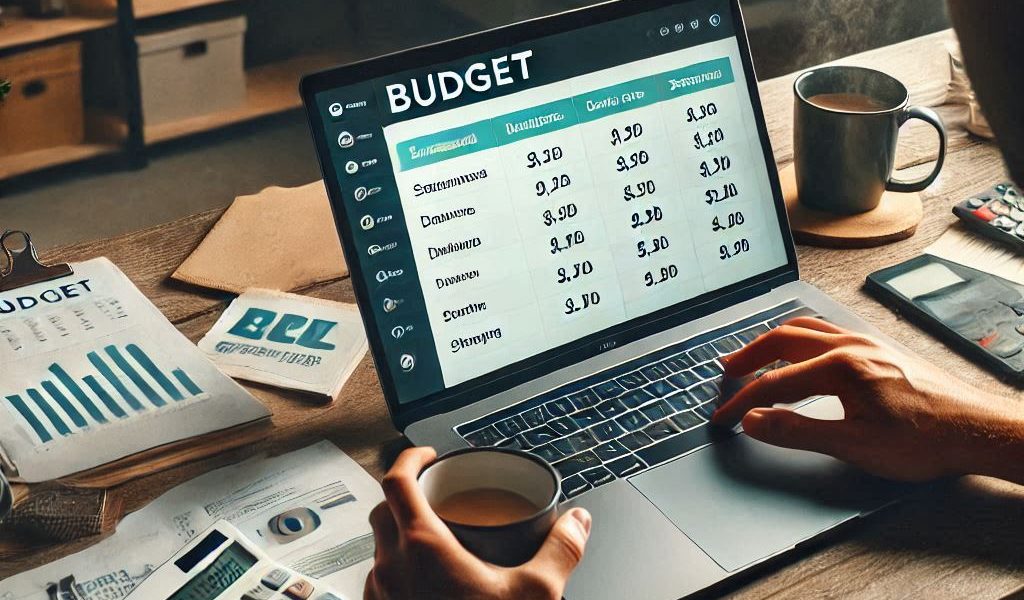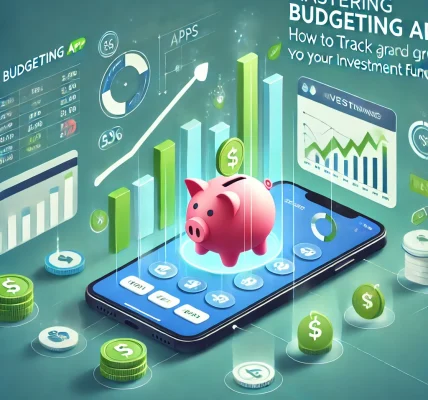Managing your finances effectively is all about making your money work for you. One of the most powerful ways to boost your savings and enhance your financial health is by cutting unnecessary expenses from your budget. Whether you’re aiming to save for a big purchase, pay off debt, or build your emergency fund, trimming the fat from your spending is essential.
In this blog, we’ll walk you through the process of identifying and cutting unnecessary expenses from your budget. With these tips, you’ll be able to take control of your spending, maximize your savings, and put your financial goals within reach.
Why Cutting Unnecessary Expenses is Crucial
Before diving into the specifics, it’s important to understand why cutting unnecessary expenses can have a significant impact on your financial situation:
- Free Up Money for Savings and Investments: By reducing non-essential spending, you create more room in your budget for savings, investments, or debt repayments.
- Improve Cash Flow: Cutting costs helps you avoid living paycheck to paycheck and ensures that you always have enough to cover your needs.
- Reduce Financial Stress: Lowering your expenses can help reduce the anxiety that comes with managing money, especially if you’re working to pay off debt or save for a big goal.
Now that you understand the importance of trimming expenses, let’s look at how to identify areas where you can make changes.
Step-by-Step Guide to Cutting Unnecessary Expenses
1. Track Your Spending for a Month
The first step in cutting unnecessary expenses is understanding where your money is going. For one month, track every expense—no matter how small. You can use a budgeting app, a spreadsheet, or even a pen-and-paper method to record your spending.
At the end of the month, categorize your expenses into:
- Essential expenses: Rent, utilities, groceries, insurance, transportation, etc.
- Non-essential expenses: Dining out, entertainment, subscriptions, impulse purchases, etc.
This exercise will give you a clear picture of where you’re overspending and highlight areas where cuts can be made.
2. Eliminate or Reduce Subscriptions
One of the easiest places to start cutting costs is with subscriptions. Many people unknowingly spend money on services they rarely use. Start by reviewing all of your recurring subscriptions, including:
- Streaming services (Netflix, Disney+, Spotify, etc.)
- Gym memberships
- Magazine or software subscriptions
- Delivery services
Ask yourself whether you are getting value from these services. If you find that you haven’t used a service in months or don’t need it, cancel it. Consider downgrading to a more affordable plan or sharing subscriptions with family or friends to split costs.
3. Cut Back on Dining Out and Takeout
Dining out, ordering takeout, or grabbing coffee on the go can add up quickly. While it’s okay to indulge occasionally, cutting back on these habits can save you significant money. Here are a few tips:
- Cook at home more often: Plan your meals, make grocery lists, and prepare meals in bulk. Not only is cooking at home cheaper, but it also allows you to control portion sizes and ingredients, which can be healthier too.
- Limit takeout: If you enjoy ordering food, set a limit on how often you do it each week. You could also try meal prepping for the week, which can reduce the temptation to order takeout.
4. Reevaluate Your Transportation Costs
Transportation is often one of the largest monthly expenses. Here are some ways to reduce it:
- Carpool or use public transport: If you can, carpool with friends or colleagues, or use public transportation. This can save money on gas, parking, and maintenance.
- Switch to a more fuel-efficient car: If you’re in the market for a new car, consider purchasing a fuel-efficient model to save money on fuel.
- Use ride-sharing apps wisely: If you rely on ride-sharing services like Uber or Lyft, consider walking or biking for shorter distances, or try to combine errands to reduce the number of rides.
5. Review Your Insurance Policies
Insurance is a necessary expense, but you might be paying more than you need to. Here’s how to cut costs on insurance:
- Compare providers: Shop around for the best rates on car, home, and health insurance. Even small differences in premiums can add up over time.
- Increase your deductibles: If you can afford it, increasing your deductibles may lower your monthly premiums. Just make sure you can cover the higher deductible in the event of a claim.
- Bundle your policies: Many insurance companies offer discounts if you bundle multiple policies (e.g., home and auto insurance).
6. Avoid Impulse Purchases
Impulse buying is a major culprit behind unnecessary spending. Here are some strategies to help you avoid it:
- Make a shopping list: Before going to the store, create a list of what you need and stick to it. Avoid browsing aisles with non-essential items.
- Implement a 24-hour rule: For big-ticket items, give yourself 24 hours to think before making the purchase. This delay can help you avoid impulse buys that aren’t essential.
- Use cash: Using cash for purchases instead of credit cards can make you more mindful of how much you’re spending.
7. Shop Smarter
Smart shopping can lead to big savings over time:
- Look for discounts: Always search for coupons, promo codes, or sales before making a purchase. You can find discounts on various websites or use apps that track deals.
- Buy in bulk: For items you use regularly, buying in bulk can save money in the long run.
- Buy generic: Opt for generic or store brands instead of name-brand products. They are often just as good but significantly cheaper.
How to Stay on Track After Cutting Expenses
Cutting unnecessary expenses is just the first step. To ensure you stick to your budget, here are a few tips:
- Set clear financial goals: Whether you’re saving for an emergency fund, paying off debt, or investing for the future, having specific goals will keep you motivated and focused.
- Review your budget regularly: Check your budget on a monthly basis to see if you’re staying on track and make adjustments as needed.
- Reward yourself: Celebrate your progress. When you meet a financial milestone, reward yourself with a small treat or experience that aligns with your goals.
Final Thoughts
Cutting unnecessary expenses is one of the most effective ways to free up money for savings, investments, or paying off debt. By carefully tracking your spending, eliminating subscriptions, reducing dining out, and making smarter shopping choices, you can significantly reduce your monthly outflow. With these savings, you’ll be better equipped to reach your financial goals and build a more secure future.




